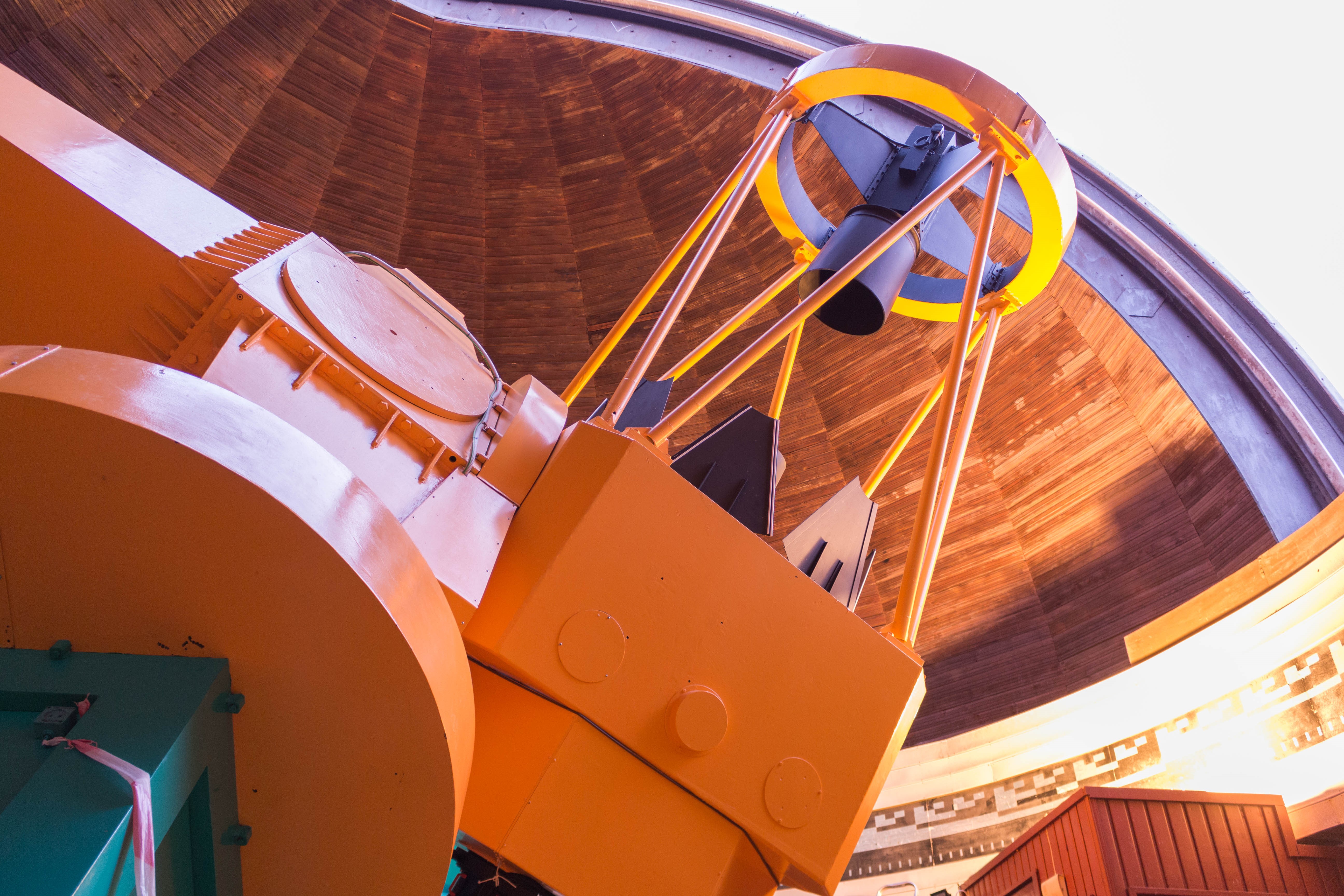University Ensemble
 The University campus started to take shape in the 16th century within the jurisdiction of the Bishop of Vilnius, in a city quarter built up with brick houses and bounded by four streets: Universiteto, (formerly known as Vyskupu), Šv. Jono, Pilies and Skapo. The design forms of the architectural ensemble are reflective of the major styles – Gothic, Renaissance, Baroque and Classicism – which dominated Lithuanian architecture. In 1985 Vilnius University was awarded the European Gold Medal for the protection of monuments. The architectural ensemble of Vilnius University represents Lithuania in the Mini-Europe Park in Brussels. The old campus houses the Faculties of History, Philology and Philosophy, the Institute of Foreign Languages, the University Library and the Rector’s Office. At present the University architectural ensemble is composed of 13 courtyards with 13 buildings, each consisting of several blocks, as well as the Church of St. John and a belfry.
The University campus started to take shape in the 16th century within the jurisdiction of the Bishop of Vilnius, in a city quarter built up with brick houses and bounded by four streets: Universiteto, (formerly known as Vyskupu), Šv. Jono, Pilies and Skapo. The design forms of the architectural ensemble are reflective of the major styles – Gothic, Renaissance, Baroque and Classicism – which dominated Lithuanian architecture. In 1985 Vilnius University was awarded the European Gold Medal for the protection of monuments. The architectural ensemble of Vilnius University represents Lithuania in the Mini-Europe Park in Brussels. The old campus houses the Faculties of History, Philology and Philosophy, the Institute of Foreign Languages, the University Library and the Rector’s Office. At present the University architectural ensemble is composed of 13 courtyards with 13 buildings, each consisting of several blocks, as well as the Church of St. John and a belfry.
The bell tower
It is the highest (68 m.) building in Vilnius’ Old Town, dominating its panorama. Built in renaissance style at the end of the 16th century, it was damaged by the fire of 1737 and rebuilt in baroque style. The modern elevator gives a unique possibility to view the panorama of the old town.
The Grand Courtyard
 The courtyard is the pantheon of the University, whose gallery commemorates the University’s founders, patrons and eminent men of science. The surviving frescoes of the northern wing of the building display the VU coat of arms and portraits of the University’s patrons, while the highlight of the structure is the magnificent baroque portal of the parochial St. John’s Church. After the fire in the middle of the 18th century, the church and the belfry were reconstructed in late baroque style by the most eminent architect of the Grand Duchy of Lithuania, Johan Kristoph Glaubitz.
The courtyard is the pantheon of the University, whose gallery commemorates the University’s founders, patrons and eminent men of science. The surviving frescoes of the northern wing of the building display the VU coat of arms and portraits of the University’s patrons, while the highlight of the structure is the magnificent baroque portal of the parochial St. John’s Church. After the fire in the middle of the 18th century, the church and the belfry were reconstructed in late baroque style by the most eminent architect of the Grand Duchy of Lithuania, Johan Kristoph Glaubitz.
Astronomical Observatory
 The Astronomical Observatory was founded in 1753 and it was the fourth observatory in Europe and the oldest in Eastern Europe. The Observatory was established on the initiative of the astronomer and mathematician Tomas Zebrauskas(1714—1758) and support of benefactress E. Oginskaitė–Puzinienė. The Observatory attained its fame under the auspices of its former director Marcin Odlianicki Poczobut(1728—1810), the member of London Royal and Sorbonne Academies, rector of Vilnius University(1780—1799).
The Astronomical Observatory was founded in 1753 and it was the fourth observatory in Europe and the oldest in Eastern Europe. The Observatory was established on the initiative of the astronomer and mathematician Tomas Zebrauskas(1714—1758) and support of benefactress E. Oginskaitė–Puzinienė. The Observatory attained its fame under the auspices of its former director Marcin Odlianicki Poczobut(1728—1810), the member of London Royal and Sorbonne Academies, rector of Vilnius University(1780—1799).
The Observatory was closed in 1882 by the tsarist government and many instruments were taken away to various museums, universities and offices of Russian empire.
The Astronomical Observatory Courtyard
 The courtyard boasts a 18th-century observatory building with signs of the zodiac on it. The former site of a chemist’s shop now features a memorial plaque to Rector of Vilnius University, head of the Observatory, corresponding member of the Academy of Sciences of Paris and member of the Royal Astronomical Society of London, Marcin Poczobutt. The courtyard has formed on the site of a former garden, with a surviving early-16th-century Gothic house of Mikalojus Jasinskis next to it.
The courtyard boasts a 18th-century observatory building with signs of the zodiac on it. The former site of a chemist’s shop now features a memorial plaque to Rector of Vilnius University, head of the Observatory, corresponding member of the Academy of Sciences of Paris and member of the Royal Astronomical Society of London, Marcin Poczobutt. The courtyard has formed on the site of a former garden, with a surviving early-16th-century Gothic house of Mikalojus Jasinskis next to it.
The Library Courtyard
 It represents the former utility courtyard, surrounded by the Library, the administrative block and the Faculty of History. Before the beginning of the 19th century, it was a closed courtyard separated from Universiteto Street by ancillary university buildings which were later demolished as the street was being broadened. The courtyard is where the main entrance to the Library is situated. The memorial door to the Library was cast from bronze by the sculptor Jonas Meškelevičius to commemorate the 450th anniversary of the first Lithuanian book.
It represents the former utility courtyard, surrounded by the Library, the administrative block and the Faculty of History. Before the beginning of the 19th century, it was a closed courtyard separated from Universiteto Street by ancillary university buildings which were later demolished as the street was being broadened. The courtyard is where the main entrance to the Library is situated. The memorial door to the Library was cast from bronze by the sculptor Jonas Meškelevičius to commemorate the 450th anniversary of the first Lithuanian book.
M. K. Sarbievius Courtyard
 Educated at Vilnius University to become its professor, Mathias Casimirus Sarbievius was an eminent early-17th-century European poet. The courtyard, bounded on four sides by buildings reminiscent of different styles and epochs, houses the Littera bookshop in a vaulted room frescoed by the painter A. Kmieliauskas. Next to it is the University’s Lithuanian philology centre, frescoed by the painter P. Repšys.
Educated at Vilnius University to become its professor, Mathias Casimirus Sarbievius was an eminent early-17th-century European poet. The courtyard, bounded on four sides by buildings reminiscent of different styles and epochs, houses the Littera bookshop in a vaulted room frescoed by the painter A. Kmieliauskas. Next to it is the University’s Lithuanian philology centre, frescoed by the painter P. Repšys.
